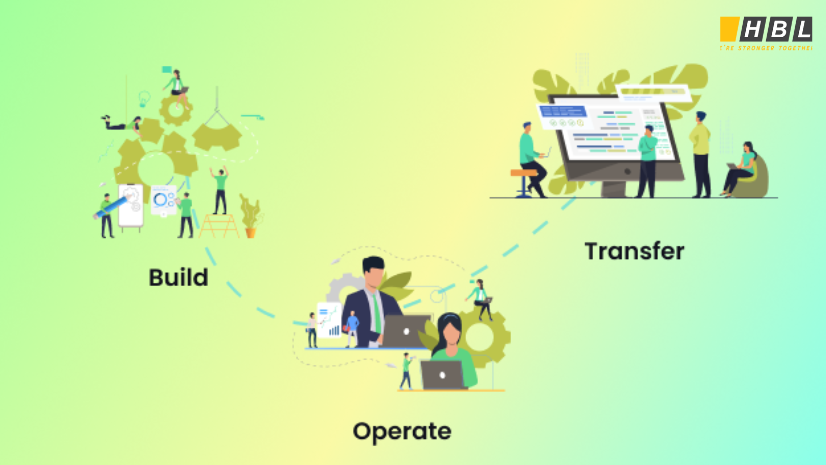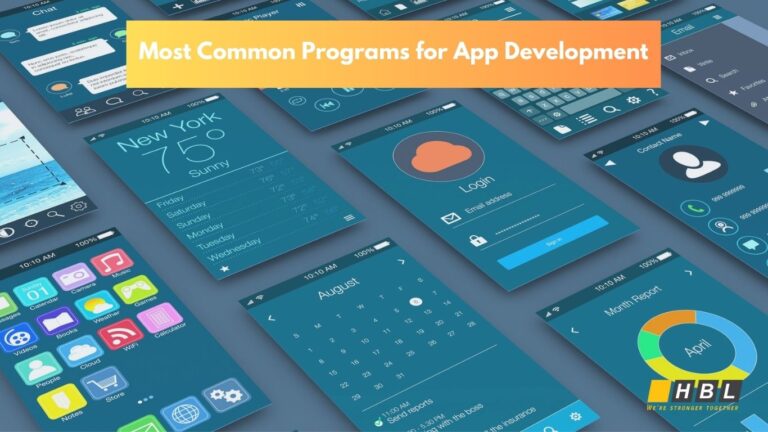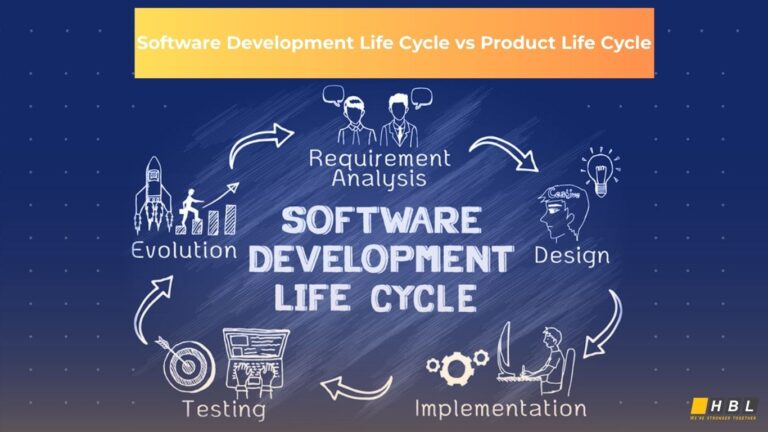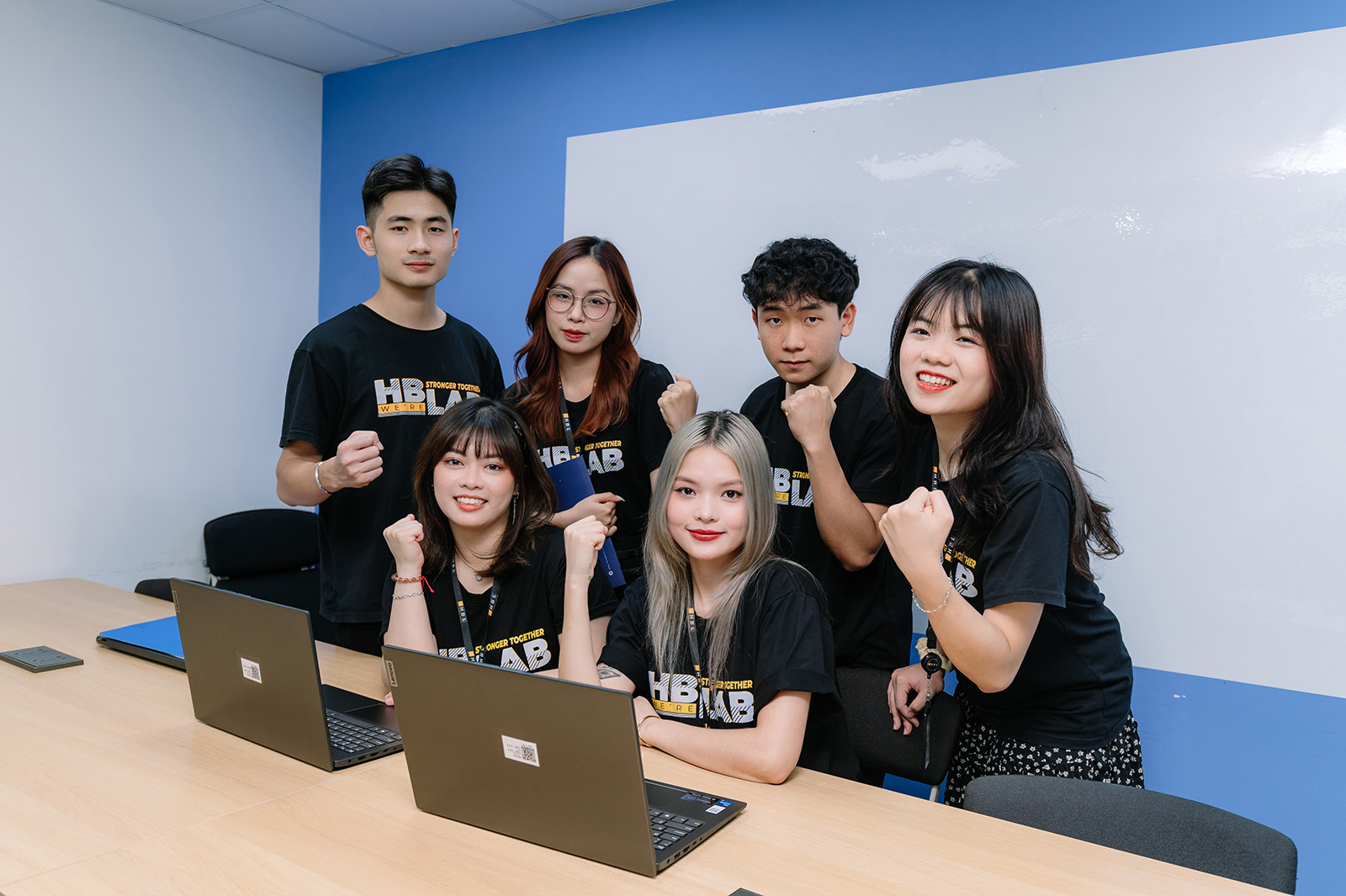Discover how build operate transfer powers IT outsourcing and BOT software development. Learn its model, benefits, and case studies.
In today’s dynamic digital era, businesses grapple with talent shortages, rising costs, and the need for rapid digital transformation. With 60% of IT outsourcing projects using build operate transfer reporting cost savings, this model emerges as a game-changer for scaling IT operations and software development efficiently. The build operate transfer approach enables companies to access global talent, streamline processes, and integrate cutting-edge technologies like AI. This article dives deep into the build operate transfer meaning in IT, its framework, benefits, risks, and real-world applications, showcasing how it drives BOT software development and outsourcing success.
What is Build Operate Transfer in IT Outsourcing?
The build operate transfer meaning in IT refers to a strategic outsourcing model where a provider builds an IT operation, such as an offshore development team, software platform, or Global Capability Center (GCC)—operates it for a set period, and then transfers ownership to the client. Unlike traditional outsourcing, build-operate-transfer ensures seamless integration with a company’s processes, offering control, flexibility, and long-term ownership.
This model is ideal for build operate transfer in IT outsourcing, enabling businesses to scale software development without heavy upfront costs. It supports digital transformation by aligning with goals like building cloud-based applications, mobile solutions, or AI-driven platforms, addressing global talent shortages and cost pressures.
How BOT Works in Software Development
The build operate transfer model in IT is structured in three phases tailored to software and outsourcing needs:
- Build: The provider sets up an IT operation, such as a dedicated development team or cloud platform, hiring skilled developers, configuring DevOps tools, and aligning with the client’s technical specifications.
- Operate: The provider manages the operation for 3-7 years, delivering services like custom software development, quality assurance, or API integration. AI tools and automation enhance efficiency, reducing delivery times.
- Transfer: Ownership, including talent, intellectual property, and workflows, is handed over to the client, ensuring seamless integration into in-house operations.
This approach makes BOT software development a scalable solution for businesses aiming to build robust IT capabilities.

Advantages of Build Operate Transfer in IT
The advantages & disadvantages of build operate transfer in IT highlight its value for software businesses. Key benefits include:
- Cost Efficiency: Build operate transfer cuts upfront costs by 20-30%, as providers manage infrastructure and recruitment.
- Global Talent Access: Access skilled developers globally, addressing talent shortages in competitive markets.
- Scalability: Scale teams or platforms dynamically, ideal for agile software projects.
- Control and Customization: Retain oversight of processes while leveraging provider expertise for tailored solutions.
- Faster Time-to-Market: Pre-vetted teams accelerate development cycles for apps, APIs, or cloud solutions.
These advantages empower businesses to focus on innovation while scaling IT operations.
Challenges and Risks of BOT in IT Outsourcing
While powerful, bot build operate transfer poses challenges that require strategic management:
- Knowledge Transfer Risks: Transferring expertise during the final phase can disrupt operations if not planned meticulously.
- Vendor Dependency: Over-reliance on providers during the operate phase may reduce client control.
- Cost Overruns: Scope changes or unforeseen technical challenges can inflate budgets.
- Regulatory Compliance: Global projects must navigate data privacy laws like GDPR or CCPA, adding complexity.
Mitigation involves clear contracts, structured onboarding, and continuous monitoring to ensure smooth transitions and compliance.
BOT vs Traditional IT Outsourcing
How does build operate transfer in IT outsourcing compare to traditional outsourcing? Here’s a concise comparison:
| Feature | BOT | Traditional Outsourcing |
| Ownership | Transfers to client post-operation | Remains with provider |
| Control | Client oversees workflows | Provider controls processes |
| Duration | Fixed term (3-7 years) | Flexible or project-based |
| Scalability | High, with tailored team scaling | Limited by contract scope |
| Use Case | GCCs, offshore teams, platforms | Short-term tasks, support services |
Build operate transfer excels for strategic IT initiatives, offering ownership and scalability compared to traditional outsourcing’s short-term focus.
The Role of AI and Automation in BOT for IT
Artificial intelligence and automation are transforming BOT-based software development by boosting productivity and driving innovation:
- Automated Development Pipelines: CI/CD tools and DevOps automation reduce software delivery times by up to 30%, streamlining agile workflows.
- AI-Powered Optimization: Machine learning optimizes resource allocation, predictive maintenance, and testing, improving project outcomes.
- Cost Reduction: Automation minimizes manual tasks, cutting operational costs by 15-20% for tasks like code reviews or deployment.
By leveraging AI, build operate transfer in IT outsourcing delivers smarter, faster solutions. Unlock AI-driven BOT software development! 🌟 Explore our solutions.
When to Use the Build Operate Transfer Model in IT?

The build operate transfer model is a strategic choice for businesses seeking to scale BOT software development and IT operations efficiently, particularly in complex outsourcing scenarios. By leveraging build operate transfer in IT outsourcing, companies can address unique challenges while maintaining control, cultural alignment, and innovation. Here are key scenarios where build operate transfer shines:
- Rapid Global Expansion Without Local Expertise: Launching an IT operation in a new region—such as an offshore development center with 50-100 developers—can be daunting without local knowledge. Build operate transfer streamlines this process by handling recruitment, legal compliance (e.g., data privacy laws like GDPR), and infrastructure setup, reducing administrative costs by up to 25%. This enables companies to concentrate on innovation as the provider handles the operational complexities.
- Establishing a Subsidiary with Cultural Alignment: Unlike traditional outsourcing, build operate transfer enables companies to create a subsidiary that mirrors their core values and workflows. For example, a tech firm building a Global Capability Center (GCC) can use BOT to maintain brand consistency, oversee agile development processes, and retain control over talent management, ensuring long-term alignment with business goals.
- Scaling Agile Software Development Teams: For projects requiring dynamic scaling—such as developing AI-driven applications or cloud platforms—BOT software development offers flexibility. Providers build tailored teams, integrate tools like CI/CD pipelines, and operate them until the client is ready to take over, ensuring seamless scalability without compromising quality.
- Cost-Effective Digital Transformation: When transitioning to advanced technologies like microservices or AI-driven analytics, build operate transfer minimizes upfront investments. Providers deploy pre-vetted teams with expertise in modern frameworks, enabling faster time-to-market for digital solutions while keeping costs predictable.
- Long-Term Ownership with Knowledge Retention: For businesses aiming to internalize IT capabilities, build operate transfer ensures a smooth transfer of expertise, intellectual property, and processes. This is ideal for companies building in-house teams for ongoing projects like SaaS platforms or enterprise software, preserving core competencies post-transfer.
By choosing build operate transfer in IT outsourcing, businesses mitigate risks, optimize costs, and align global operations with strategic objectives.
Your Partner in BOT for IT and Software
HBLAB is a trusted leader in build operate transfer services, empowering global businesses with scalable IT outsourcing. With over 8 years of AI-driven innovation, our 630+ professionals deliver major projects for top-tier clients, ensuring cost-saving solutions and CMMI Level 3-certified quality.

Our flexible build operate transfer model supports offshore teams and seamless knowledge transfer. Through partnerships like VNU’s AI initiatives , we drive digital transformation.
👉 Explore our insights on AI-driven solutions. Ready to scale with BOT software development?




